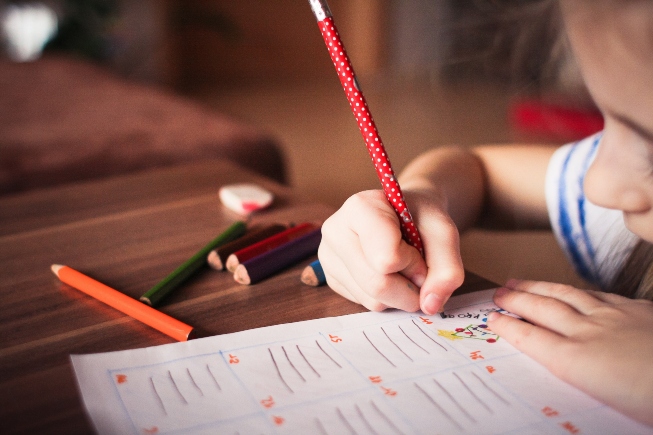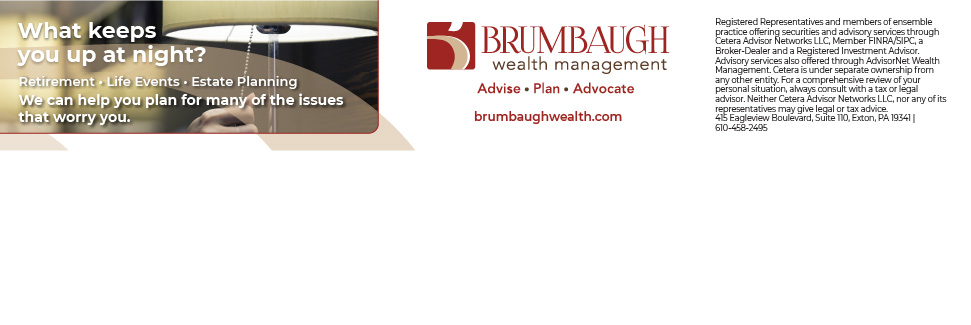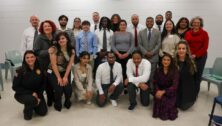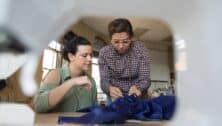In a Coronavirus Summer, What Must You Know for School this Fall

By Wendi Rank
Each July, I download school supply lists and shuttle my kids to Target. But this is 2020. I’m watching video updates from my school district and researching microschools.
As a nurse and parent of – let’s be honest – some very unhygienic middle schoolers, my concerns range from the practical (will the kids really wear a mask all day?) to the fantastical (what if my seventh grader’s refusal to use soap horribly mutates the virus?).
The constant stream of ever-evolving research spewing from my phone just adds to my stress. But knowing the rules school districts are obligated to follow, as opposed to general recommendations, can ease confusion. Understanding the risk involved may help parents decide what works best for them.
The Rules
Pennsylvania’s Departments of Education and Health issued mandatory rules for school districts. Districts must develop a Health and Safety Plan for student education. Sharing this plan with the Department of Education, and posting it on the school’s website, are required. The Health and Safety Plan mandates can be found here.
Pennsylvania’s school districts must coordinate with local health departments. On July 1, an obligatory order for face coverings was issued. This includes children in school. Some children are exempt, and “face covering” has a broad definition. A list of exemptions to the order and acceptable face coverings can be found here.
Can The Kids Get Sick At School?
The Pennsylvania Capital Star reported on a study in the Journal of the Pediatric Infectious Diseases Society and a review by researchers at Harvard University and other institutions. This data indicates kids get seriously ill from the coronavirus at a lower rate than adults. They also appear less likely to transmit the virus.
This information made me feel better. But the Children’s Hospital of Philadelphia Policy Statement from earlier this month pointed out schools closed early in the pandemic. Therefore, data on the impact schools have on viral spread is lacking.
Other data shows kids with pre-existing disease and minority children have higher rates of hospitalization.
A conversation with infectious disease experts, as well as a school superintendent, showed their concern for reopening schools. The superintendent pointed out one student death in the wake of reopening would be too many.
The American Academy of Pediatrics points to research showing how poorly kids fared once schools closed in the spring. They asked districts to start from a point of maintaining community health, but also the intention of kids being in school full time. Districts should develop their mitigation policies with these objectives in mind.
In the coming weeks, school districts might decide for in-person instruction, online models, or a combination of the two. As they do, we’ll discuss what it takes to send the kids to school, our alternatives, and special circumstances, like transportation, activities, and special needs.
In the meantime, I’ll try to get my seventh grader to use soap. For all of us.
________________________________________________________________________________________________
 ABOUT THE AUTHOR
ABOUT THE AUTHOR
Wendi Rank is a Montgomery County native with a graduate degree from LaSalle University. She has worked as a registered nurse and nurse practitioner in Pennsylvania and New Jersey. She has previously written for the journal Nursing.
________________________________________________________________________________________________
Connect With Your Community
Subscribe to stay informed!
"*" indicates required fields





























![95000-1023_ACJ_BannerAd[1]](https://vista.today/wp-content/uploads/2023/03/95000-1023_ACJ_BannerAd1.jpg)




















